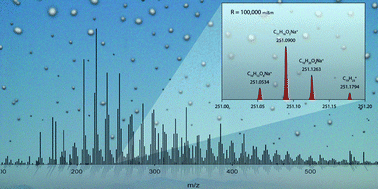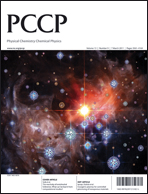Understanding the molecular composition and fundamental chemical transformations of organic aerosols (OA) during their formation and aging is both a major challenge and the area of great uncertainty in atmospheric research. Particularly, little is known about fundamental relationship between the chemical composition and physicochemical properties of OA, their atmospheric history, evolution, and the impact on the environment. Ambient soft-ionization methods combined with high-resolution mass spectrometry (HR-MS) analysis provide detailed information on the molecular content of OA that is pivotal for improving the understanding of their complex composition, multi-phase aging chemistry, direct (light absorption and scattering) and indirect (aerosol-cloud interactions) effects on atmospheric radiation and climate, health effects. The HR-MS methods can detect thousands of individual OA constituents at once, provide their elemental formulae from accurate mass measurements and structural information based on tandem mass spectrometry. Integration with additional analytical tools, such as chromatography and UV/Vis absorption spectroscopy, makes it possible to further separate OA compounds by their polarity and ability to absorb solar radiation. The goal of this perspective is to describe contemporary HR-MS methods, review recent applications in field and laboratory studies of OA, and explain how the information obtained from HR-MS methods can be translated into an improved understanding of OA chemistry.

You have access to this article
 Please wait while we load your content...
Something went wrong. Try again?
Please wait while we load your content...
Something went wrong. Try again?


 Please wait while we load your content...
Please wait while we load your content...